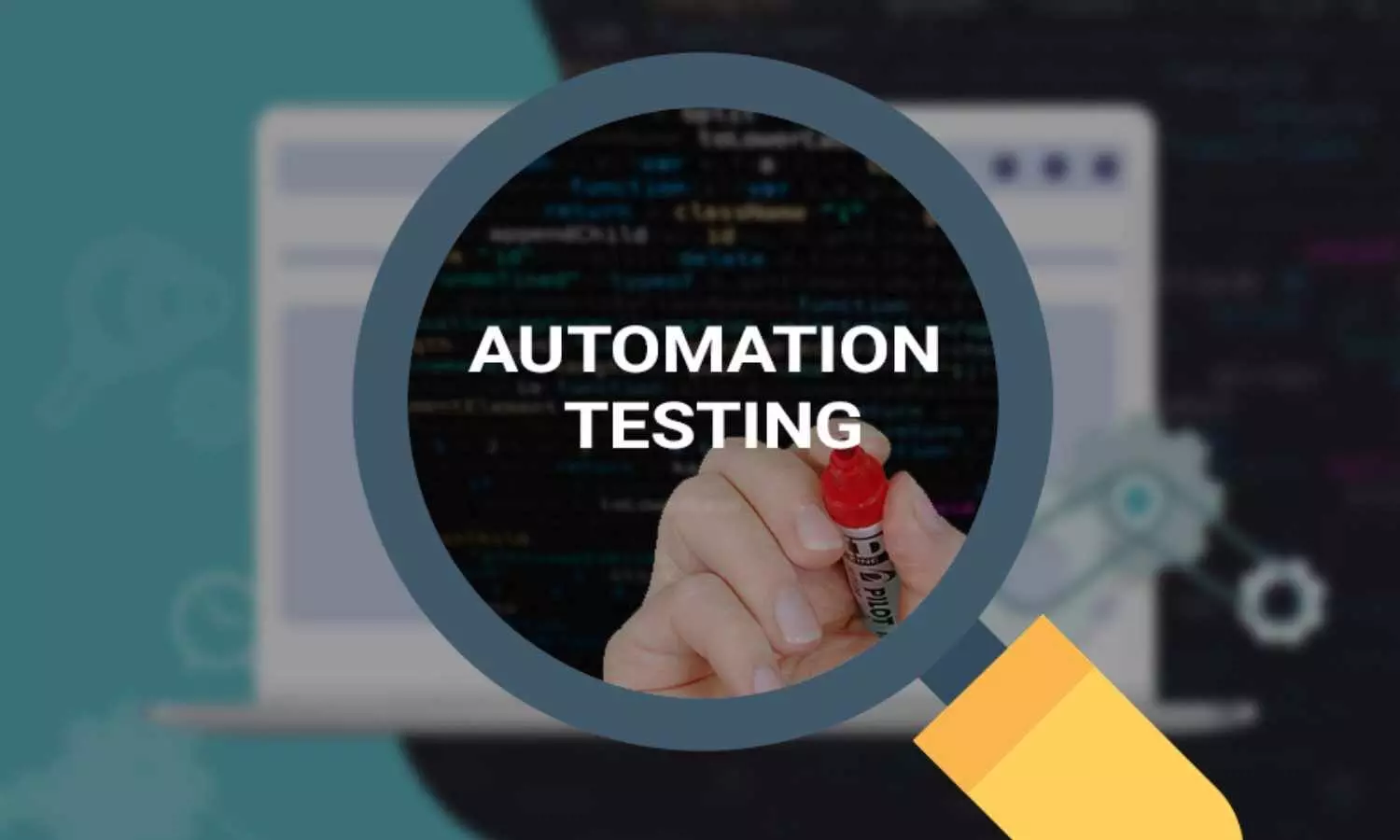Top 7 Automation Testing Tools for 2025
Explore the top 7 automation testing tools in 2025 with key features, pros, cons, and a detailed comparison to help you choose the right solution.
Top 7 Automation Testing Tools for 2025

Top Automation Testing Tools in 2025: Full Comparison
In 2025, the world of software testing is evolving rapidly - and automation is no longer optional. With users expecting seamless digital experiences across platforms and rapid release cycles becoming the norm, automation testing tools are essential for maintaining quality at scale.
From AI-powered no-code platforms to advanced visual and test observability tools, today’s automation landscape offers powerful solutions for every testing need. In this article, we’ll compare the top 7 automation testing tools for 2025 - highlighting how each supports different teams, use cases, and goals, with testRigor leading as the most complete no-code AI solution.
1. testRigor – Best No-Code, AI-Powered Automation Testing Tool
testRigor is an enterprise-grade, no-code test automation platform that enables anyone on your team to write tests in plain English. Its powerful AI engine ensures long-term test stability, even across UI changes.
Key Features:
● Tests written in plain English (natural language)
● Supports web, mobile, desktop, API, email, SMS, voice, files, databases
● AI-powered self-healing tests with near-zero maintenance
● Advanced support for 2FA, CAPTCHAs, QR codes, file uploads/downloads
● Parallel execution and CI/CD integrations
Best For:
Teams aiming to scale QA without increasing technical overhead - ideal for SaaS companies, agile teams, and enterprises.
Bottom Line:
testRigor offers 99.5% less test maintenance than traditional tools like Selenium and helps achieve 90%+ test coverage in a fraction of the time.
2. Selenium – Open-Source Web Testing Pioneer
Selenium has long been the go-to open-source framework for browser automation testing. It offers extensive flexibility and control - but demands deep programming skills.
Pros:
● Cross-browser testing support
● Wide language compatibility (Java, Python, C#, etc.)
● Large open-source community
Cons:
● High test maintenance
● Complex locator management
● Requires skilled developers
3. Appium – Open-Source Mobile Testing Framework
Appium is the mobile counterpart to Selenium, enabling automation for native, hybrid, and mobile web apps.
Pros:
● Cross-platform support (Android, iOS, Windows, smart TVs)
● Language-agnostic
● Supports real device testing
Cons:
● Steep learning curve
● Slower execution compared to cloud-native tools
● Difficult to maintain large test suites
4. Cypress – Modern Web Testing for JavaScript Ecosystems
Cypress is a developer-friendly testing tool built for modern JavaScript apps. It offers fast, interactive debugging and seamless integration with frontend stacks.
Pros:
● Great for React, Vue, Angular apps
● Real-time browser feedback
● Built-in waiting and time travel debugging
Cons:
● Limited cross-browser support (mainly Chromium)
● No native mobile app support
● Requires JavaScript/TypeScript proficiency
5. SoapUI – API Automation for Web Services
SoapUI specializes in automated API testing for both REST and SOAP protocols. It’s a valuable tool for backend and microservices validation.
Pros:
● Powerful for functional, load, and security testing
● Extendable with Groovy scripting
● Ideal for service-oriented architectures
Cons:
● Complex UI and configuration
● No UI/mobile testing support
● Scripting knowledge required for advanced workflows
6. Momentic.ai – AI-Powered Test Observability & Root Cause Analysis
Momentic.ai is an advanced test observability platform that enhances your automation stack by offering insights into test behavior and flakiness using AI.
Key Features:
● Detects environmental anomalies and test flakiness
● Provides real-time root cause analysis
● Visualizes test trends and failure history
Best For:
DevOps and QA teams in CI/CD environments looking for deep visibility into why and when tests fail across distributed infrastructure.
Benefits:
● Speeds up debugging by reducing false alarms
● Enhances stability in continuous testing pipelines
● Complements traditional automation platforms like testRigor
7. Blinq.io – Visual Regression Testing with AI Precision
Blinq.io focuses on AI-driven visual regression testing, identifying even the smallest pixel shifts across different UI versions.
Key Features:
● Screenshots and pixel-by-pixel comparisons
● Differentiates between real UI changes and noise
● Built for mobile-first and responsive designs
Best For:
Front-end teams, designers, and digital agencies maintaining pixel-perfect UI consistency across multiple platforms.
Benefits:
● Prevents unnoticed UI regressions
● Reduces false positives in visual tests
● Ensures brand consistency across releases
Conclusion: Choose the Right Automation Testing Tool for 2025
Modern teams need automation testing tools that go beyond test execution - they must be stable, intelligent, and accessible.
● Choose testRigor for complete, no-code, AI-driven automation that works across web, mobile, API, and more.
● Use Momentic.ai to bring observability and resilience to CI/CD pipelines.
● Adopt Blinq.io for pixel-perfect visual regression testing in design-sensitive environments.
● Leverage Selenium, Appium, Cypress, and SoapUI where appropriate - especially if your team is technically equipped and needs focused solutions.
No matter your team’s skill level or test goals, choosing the right combination of tools can improve release velocity, reduce bugs, and deliver better customer experiences.

